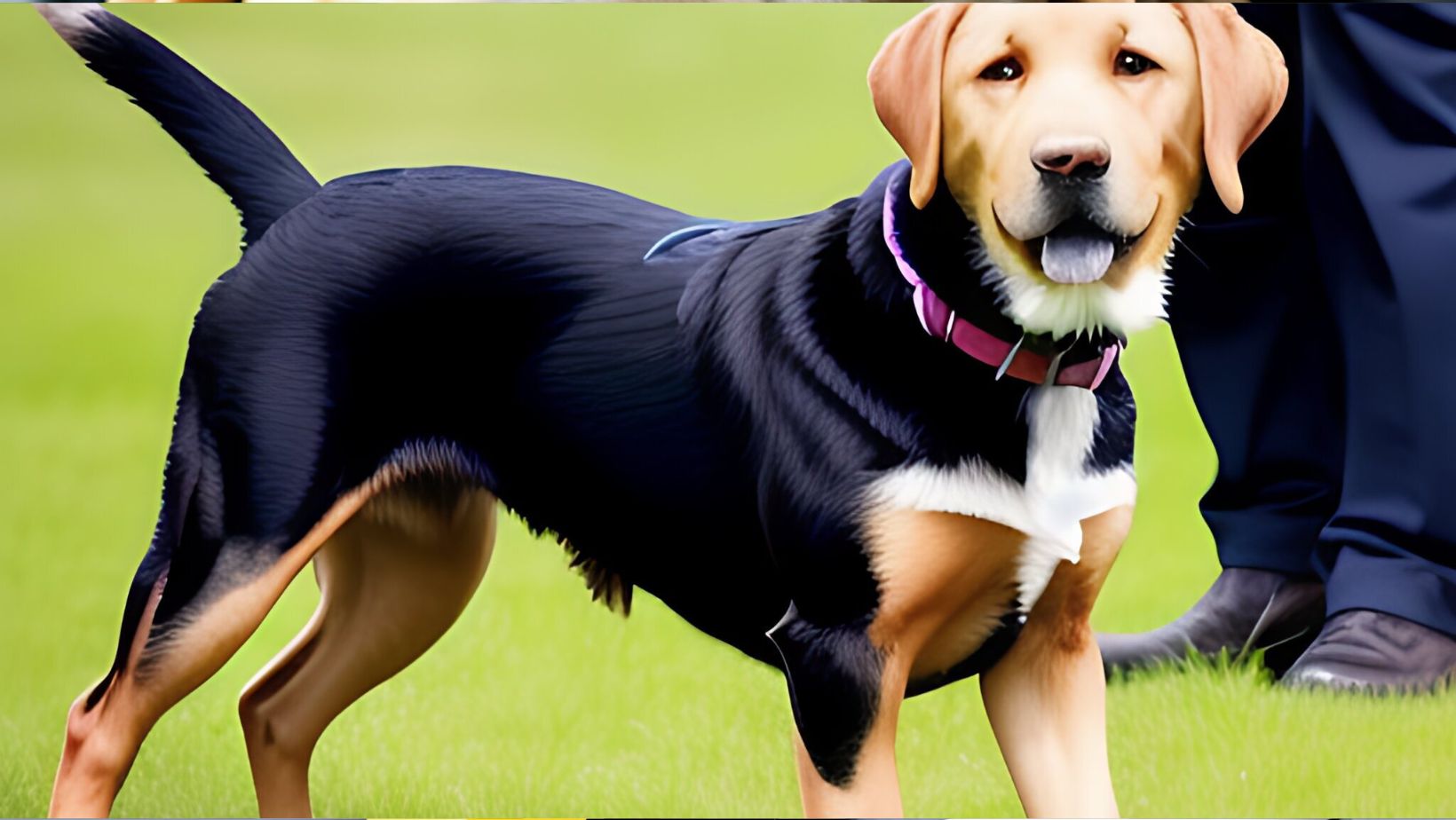How to Train a Puppy to be Alone at Night
If you’re a proud owner of a Labrador puppy and finding it challenging to train them to be alone at night, don’t worry, I’ve got some helpful tips for you. Teaching your furry friend to feel comfortable and secure when left alone is an essential part of their development. With the right approach and patience, you can successfully train your Labrador puppy to spend nights peacefully on their own.
Firstly, it’s crucial to establish a consistent routine from the beginning. Set designated times for feeding, playtime, potty breaks, and sleep. This structured schedule will help your puppy understand what is expected of them during the night. Gradually introduce crate training as a safe space where they can sleep comfortably while feeling secure.
Using the Crate Training Method
When it comes to training a puppy to be alone at night, one effective method that many dog owners swear by is crate training. Crate training can provide a safe and secure space for your furry friend while teaching them to be comfortable spending time on their own. Here are a few key points to keep in mind when using the crate training method:
- Introducing the crate: Begin by gradually introducing your Labrador puppy to the crate. Make it a positive experience by placing treats or toys inside, enticing them to explore and enter willingly. Avoid forcing your puppy into the crate as this may create negative associations.
- Creating a cozy environment: Ensure that the crate is comfortable and inviting for your Labrador. Add soft bedding and familiar scents like an old t-shirt or blanket with your scent on it. This will help create a sense of security and make the crate feel like their den.
- Gradual confinement: Start by confining your puppy in the crate for short periods while you’re still at home. This will help them get used to being alone in a controlled environment without feeling overwhelmed. Gradually increase the duration of confinement as they become more accustomed to it.
- Establishing a routine: Consistency is key when it comes to successful crate training. Set up a regular daily routine that includes specific times for feeding, playtime, potty breaks, and crate time. Following this routine will help your Labrador understand what’s expected of them and minimize anxiety.
- Positive reinforcement: Rewarding good behavior is essential during crate training sessions. Whenever your puppy voluntarily enters or remains calm in their crate, praise them enthusiastically and offer treats or verbal affirmation as positive reinforcement.
Remember, every dog learns at their own pace, so patience is crucial throughout this process. It’s important not to use the crate as punishment or leave your Labrador confined for extended periods beyond what is appropriate for their age and bladder control. Gradually increase the duration of nighttime crate confinement as your puppy grows and becomes more comfortable.
Training a Labrador Puppy to be Alone at Night
When it comes to training a Labrador puppy to be alone at night, implementing positive reinforcement techniques can be highly effective. These methods focus on rewarding desired behaviors rather than punishing undesirable ones, creating a positive and enjoyable experience for both you and your furry friend. Here are some key strategies to consider:
- Start with short periods of separation: Begin by gradually increasing the amount of time your puppy spends alone at night. Start with just a few minutes and slowly extend the duration as they become more comfortable. This approach helps them build confidence and reduces anxiety.
- Create a safe and inviting space: Designate a specific area where your puppy will sleep during the night, such as a cozy crate or a comfortable bed in a quiet corner of the room. Make sure this space is appealing by providing soft bedding, toys, and perhaps even an item with your scent that brings them comfort.
- Reward calm behavior: Whenever your Labrador remains calm when left alone at night, reward them with praise, treats, or their favorite toy. Positive reinforcement strengthens the association between being alone and feeling secure, encouraging them to repeat this behavior in the future.
- Gradually increase distance: Once your puppy is comfortable being alone in their designated sleeping area at night, start increasing the distance between you and them within the same room or nearby area. This gradual process helps them develop independence without overwhelming them.
- Practice departure cues: Establishing consistent departure cues can help signal to your pup that it’s time for you to leave but reassure them that you’ll return later on. For example, picking up your keys or putting on your shoes can serve as indicators that you’re about to step out briefly.
Remember that each puppy is unique, so it’s essential to tailor these techniques based on their individual needs and temperament. Patience is key throughout this training process as it takes time for your Labrador to adjust to being alone at night. By implementing positive reinforcement techniques, you’ll not only teach them vital skills but also foster a strong bond built on trust and understanding.
